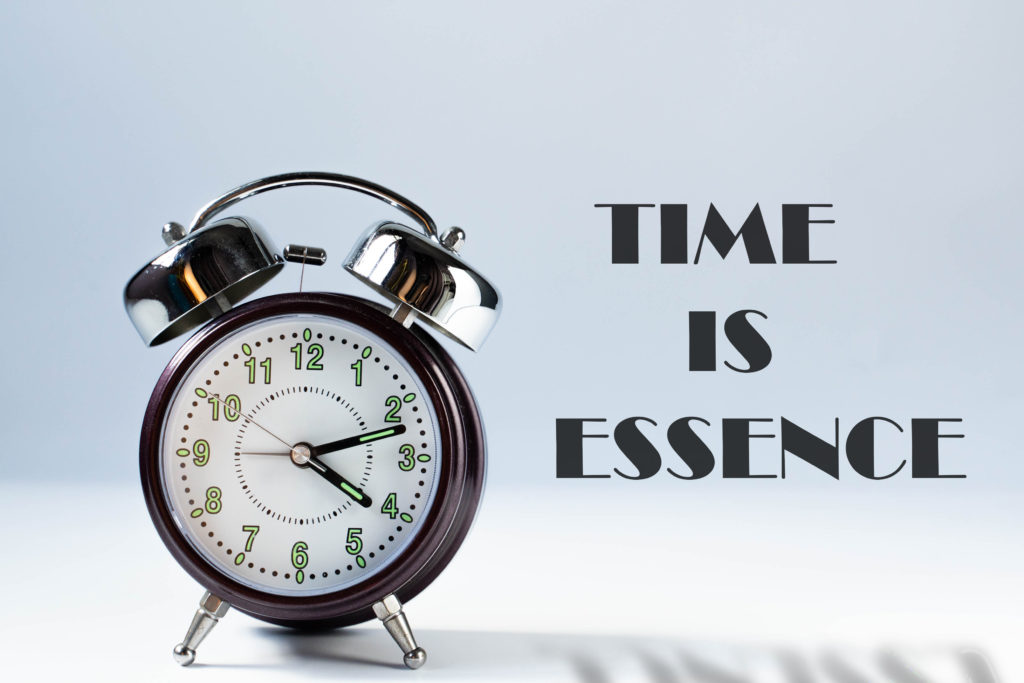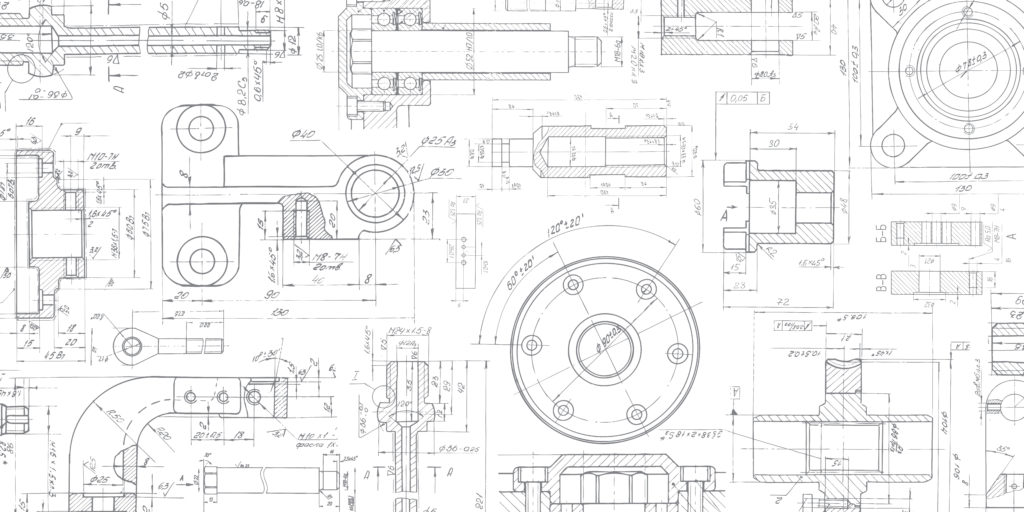April 12, 2024
May 16, 2021
Provisional patent applications are one of the most common IP-related topics of conversation for startup companies. Done properly and under the right circumstances, a provisional patent application can be an extremely useful tool to begin the patenting process in a time-efficient and cost-effective manner. Done improperly or under the wrong circumstances, a provisional application can cause more harm than good, and may undermine the ability to obtain protection.

Let’s first start with what a provisional application is and what it is not. At its core, a provisional application is an informal patent application with a one-year life span. To receive any benefit from the provisional application filing, a non-provisional application must be filed prior to its expiration. If the provisional application meets certain criteria (discussed more later), the non-provisional application is treated as if it was filed on the provisional filing date. In other words, the non-provisional application gets the “effective filing date” of the provisional application.

Why does this matter? To obtain a patent, the claimed invention must be novel and non-obvious over all public knowledge that existed prior to the effective filing date. Publications or patent applications filed by others after the effective filing date are not considered in the patentability assessment. An earlier filing date therefore removes certain “prior art” from the patentability assessment and increase the likelihood of grant. An early filing date may be particularly critical in fast moving technical fields where competitors are racing to the patent office.

So how does an applicant ensure that the provisional application meets the criteria to establish an effective filing date? To gain the benefit of a provisional application filing date, the provisional application must describe the claimed invention in sufficient enough detail to enable a person of ordinary skill in the relevant field to make and use the invention. It is generally not sufficient for the provisional application to merely state a high-level idea. It must contain enough technical detail for one to implement the solution without requiring additional inventive leaps or undue experimentation. Importantly, the level of technical description required in a provisional application is no different than the level required in a non-provisional application.
Although a provisional application requires the same depth of technical description as a non-provisional application, a provisional application does not require all of the formalities of a non-provisional application. For example, while a non-provisional application must include black-and-white line drawings meeting rigid requirements relating line thickness, use of reference characters, page margins, and other formatting, provisional application drawings may instead be informal hand-drawn sketches or photos. Moreover, a provisional application does not require any specific format or language for describing the technology (e.g., “claims”). Thus, while provisional applications must convey the same subject matter as a non-provisional application, the manner of conveying the information in a provisional application is much less rigid. These relaxed formal requirements often enable a provisional application to be drafted more quickly and with lower attorney fees than a non-provisional application.
It is important to understand that a provisional application, by itself, is not a patent and has no assertable rights. The only rights associated with a provisional application is the right to pursue a non-provisional application (filed within one year) that claims the benefit of the provisional filing date. It is a first step in a long process, but when used appropriately, can be an effective component of an overall patent strategy.

In a future post I will discuss some of the common strategic blunders associated with provisional applications and then discuss some of the ways provisional applications can be tactically used as a part of an overall patent strategy.
Ready to discuss your provisional patent application with an Austin Patent Attorney?
Contact Amsel IP Law for more information and for a customized flat fee quote.
Amsel IP Law would like to send you occasional news and updates. Click ‘Sign up’ below to join the firm’s mailing list. You can unsubscribe at any time.